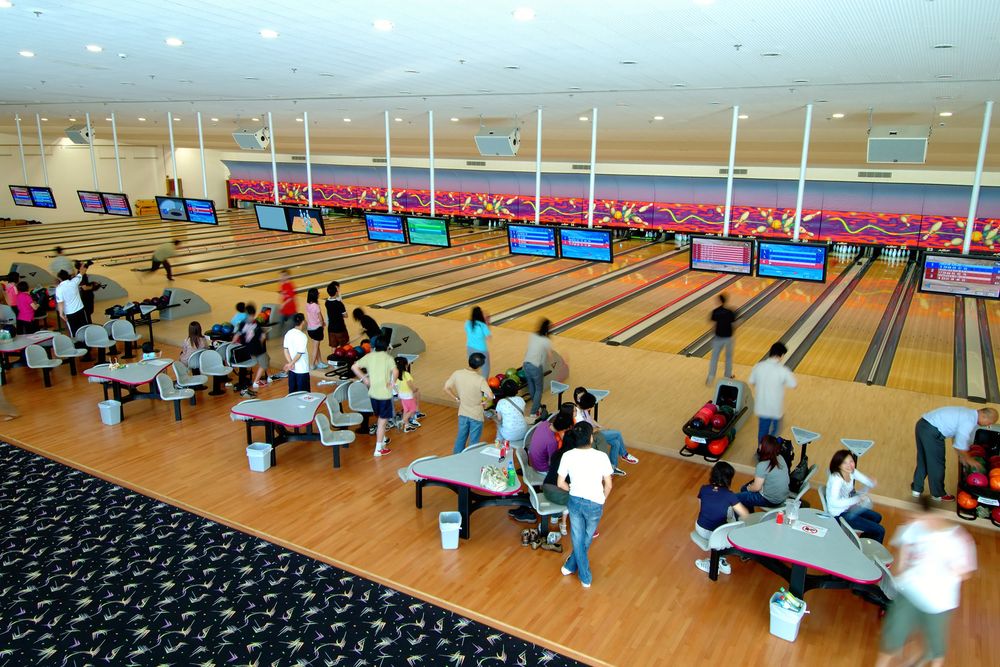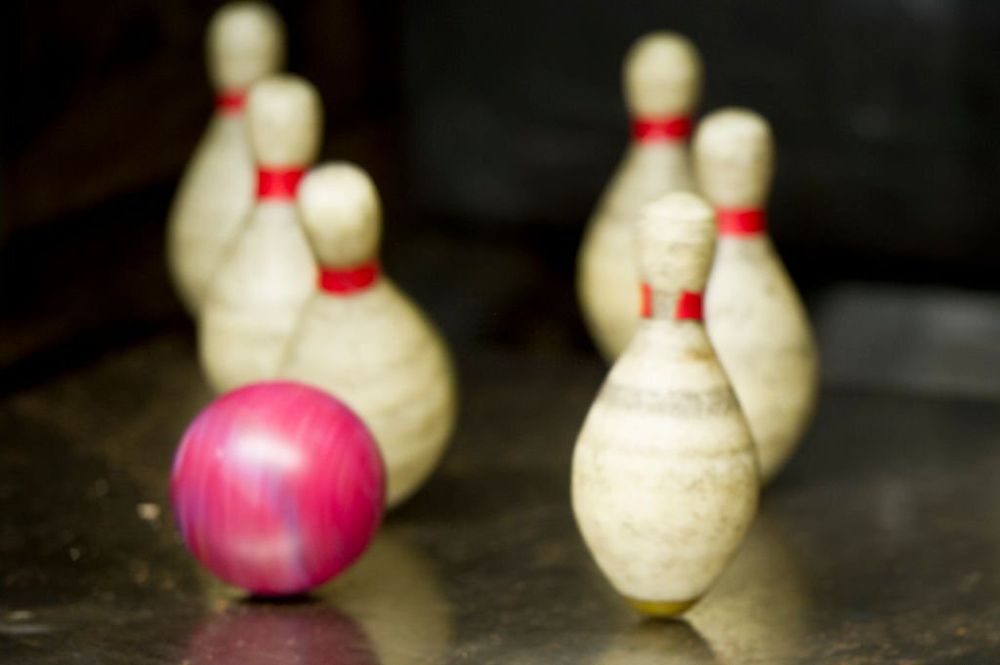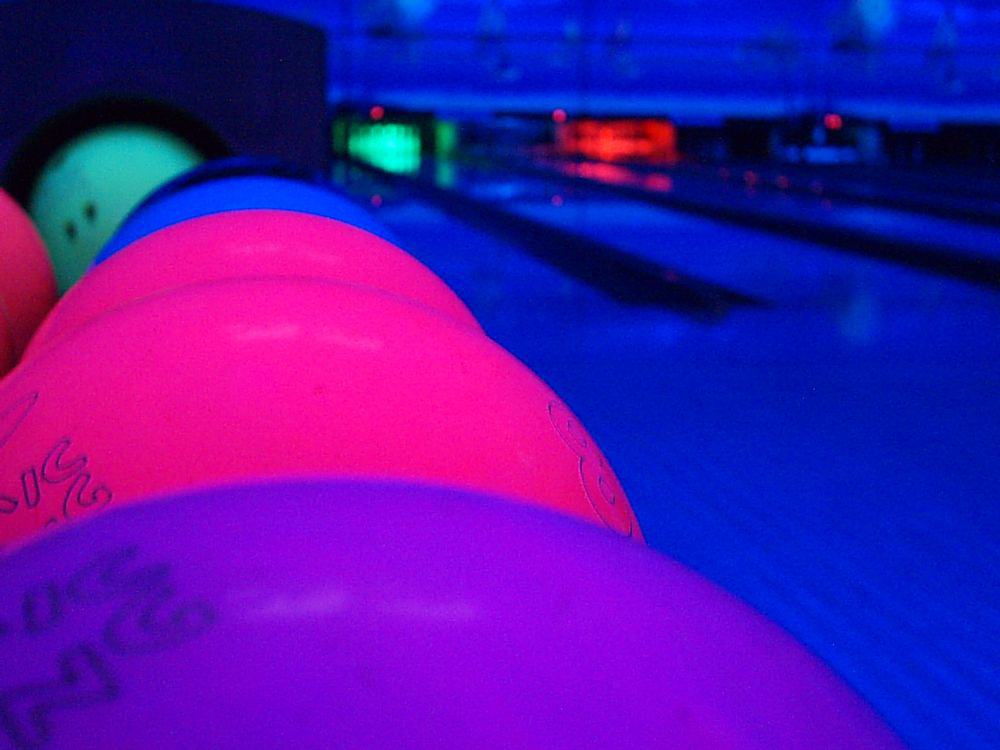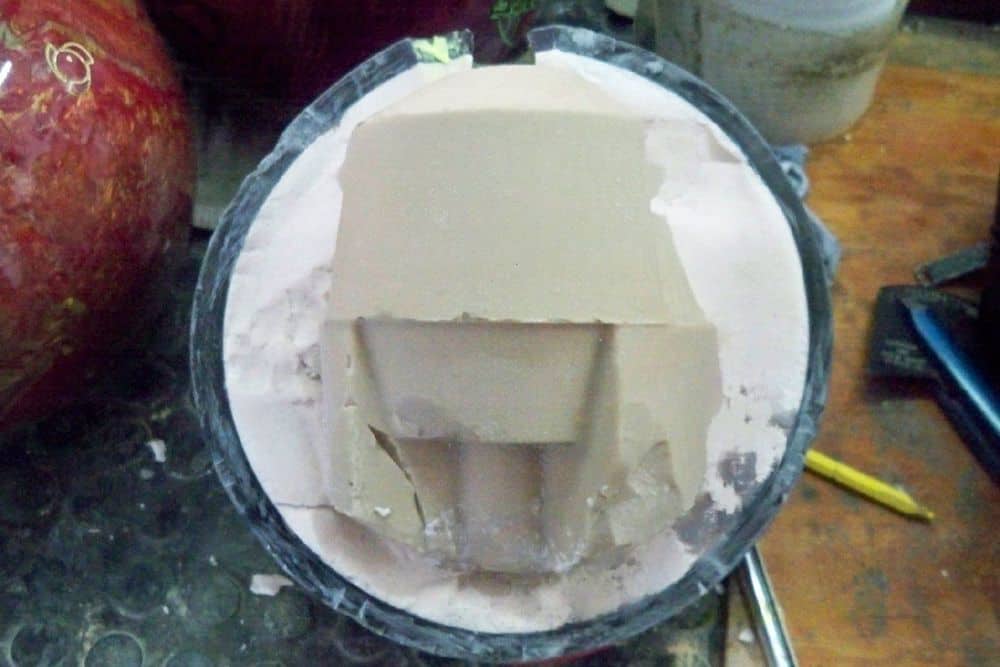Are you tired of paying for a professional to polish your bowling ball every time it gets dull? Why not make your own bowling ball spinner and save some money in the long run?
In this article, we’ll show you how to build a simple yet effective spinner that will have your ball looking brand new in no time. To start, gather all the necessary supplies including a motor, frame materials, pulleys and belts.
We’ll guide you through each step of the process so even if you’re not an experienced DIY-er, you can still successfully make your own bowling ball spinner. With just a few hours of work and some basic tools, you’ll be able to enjoy shiny, smooth balls without breaking the bank.
Let’s get started!
Gathering Supplies
You’re gonna need some supplies if you wanna get this thing spinning just right.
First off, you’ll need to source materials such as a PVC pipe, bearings, bolts and nuts, and a switch. PVC pipes can be found in any hardware store, while bearings can be purchased online or from specialty stores. Bolts and nuts are readily available at your local hardware store.
Next up is choosing the motor for your bowling ball spinner. You’ll want to select a motor that has enough power to spin the ball smoothly without causing it to wobble or shake excessively. A good choice would be a DC motor with a speed controller so that you can adjust the speed of the spinner according to your needs.
Once you have gathered all your supplies and chosen the right motor for your project, it’s time to start building!
With these essential components in hand, you’re well on your way towards creating an efficient and effective bowling ball spinner that will help improve your game in no time!
Preparing the Motor
Preparing the motor starts with attaching the pulley wheel. Before you begin, make sure to do any necessary motor maintenance, such as cleaning and lubricating it.
Once that’s done, you can move on to mounting the motor onto a solid base or workbench. This will prevent it from vibrating excessively during use.
Next, choose your power source option for the motor. You can use either an electric drill or a power supply unit (PSU). If you decide to go with an electric drill, attach it directly to the motor shaft using a chuck adapter. On the other hand, if you decide to use a PSU, connect it to your motor using wires and connectors.
After attaching your chosen power source option, mount the pulley wheel onto the motor shaft using set screws or bolts. Make sure that it is securely fastened in place and properly aligned with the axis of rotation.
Once everything is in place and secure, test run your spinner before moving on to assembling other components.
By following these steps carefully, you should now have a well-prepared spinning mechanism ready for assembly into your homemade bowling ball spinner machine!
Constructing the Frame
Now it’s time to start building the frame for your DIY machine, and you’re going to love seeing your creation come together!
The frame stability is crucial for the proper functioning of your bowling ball spinner. You can use a sturdy wooden board or metal sheet as the base of your frame. Make sure that it is large enough to accommodate the motor and other components.
Next, you need to attach the motor securely to the frame. You can use screws or bolts to fix it in place. Ensure that it is positioned at an appropriate height so that the bowling ball can be easily placed on top of it. Additionally, you may want to make some DIY modifications such as adding rubber pads or foam strips around the motor mount area to prevent any vibrations from affecting its performance.
Finally, add any additional features you desire such as a switch or power cord holder. It’s important to take your time during this step and ensure everything is properly secured before moving on.
Once completed, you’ll have a solid foundation for your bowling ball spinner that will provide years of reliable use!
Installing the Pulley System
As you begin installing the pulley system, you’ll notice how it adds a level of complexity to the machine’s mechanics. The pulley system is responsible for smoothly transferring power from the motor to the bowling ball while maintaining a consistent speed.
To achieve this, it’s crucial to adjust tension on both sides of the belt until they are equal. This will ensure that the pulleys rotate at an even rate and prevent any slipping or jerky movements.
Another important aspect of installing the pulley system is lubricating bearings. Bearings are small metal components that allow parts of your machine to rotate freely without friction. Without proper lubrication, bearings can wear down quickly and cause damage to other parts of your machine.
Before attaching any belts or wheels, take some time to inspect each bearing and apply a small amount of lubricant as needed.
Once you’ve adjusted tension and lubricated all bearings, you’re ready to start testing out your new bowling ball spinner! Turn on your motor and observe how smoothly everything moves. If you notice any issues with speed or consistency, go back and double-check your work on the pulley system.
With careful installation and regular maintenance, your spinner should last for many years to come!
Using Your Bowling Ball Spinner
Get the most out of your investment by learning how to use your bowling ball spinner effectively and efficiently. After installing the pulley system, it’s time to start using your machine. Before you begin, make sure that you’ve read the instruction manual carefully.
To get started, place your bowling ball on the spinner’s cup and turn on the motor. You’ll see that your ball starts rotating at high speed. Next, use a microfiber towel to clean off any dirt or oil residues from your bowling ball’s surface while it rotates. This cleaning process is crucial as it helps maintain your bowling ball in top condition.
Here are some maintenance tips for keeping your bowling ball spinner running smoothly:
- Regularly check for loose bolts and screws on the machine and tighten them if necessary.
- Keep the motor clean by wiping it down with a soft cloth after each use.
- Check the power cord regularly for any signs of damage or wear and replace if needed.
- Store your machine in a cool, dry place when not in use.
By following these tips, you can ensure that you get maximum performance from your machine for years to come!
Conclusion
Congratulations on successfully making your own bowling ball spinner! With just a few supplies and some basic construction skills, you’ve saved yourself time and money by not having to rely on a commercial spinner.
Did you know that the average weight of a bowling ball, according to the United States Bowling Congress, is around 14 pounds? That’s quite heavy, and it can take a lot of effort to clean and maintain it properly.
However, with your new spinner, maintaining your bowling ball will be a breeze! Now that you’ve completed this project, you can enjoy the benefits of having a well-maintained bowling ball without having to spend extra money at the pro shop.
By following these steps and using your newly constructed spinner regularly, you’ll be able to keep your ball in top condition for years to come. Happy bowling!









